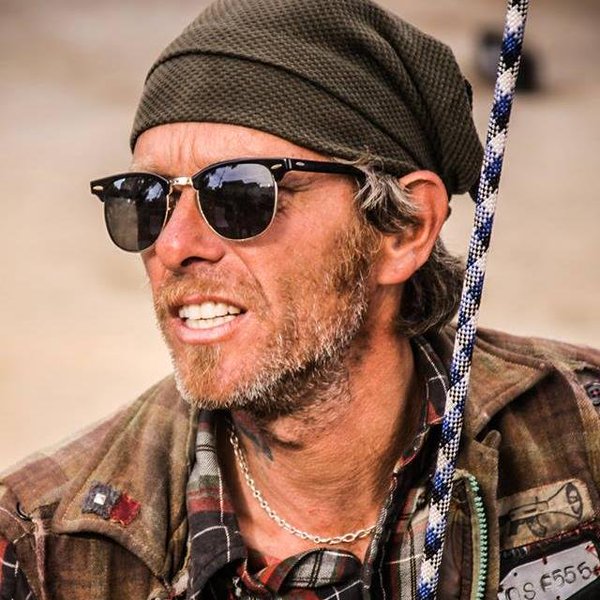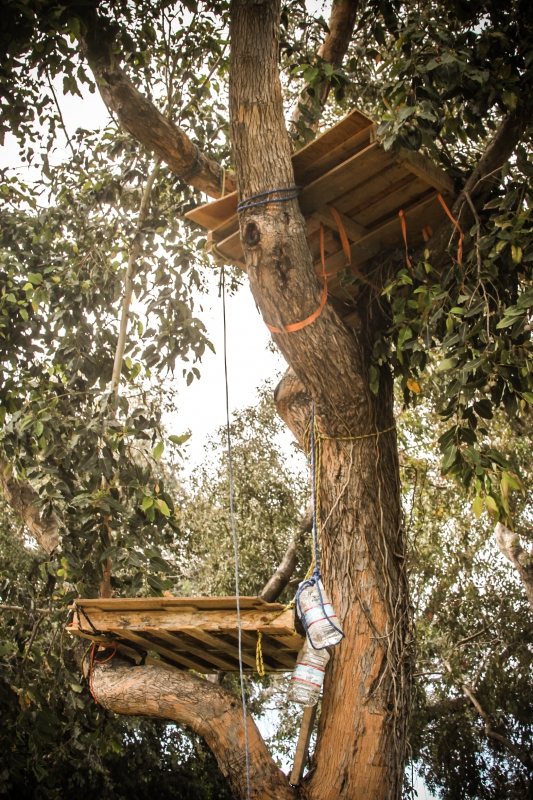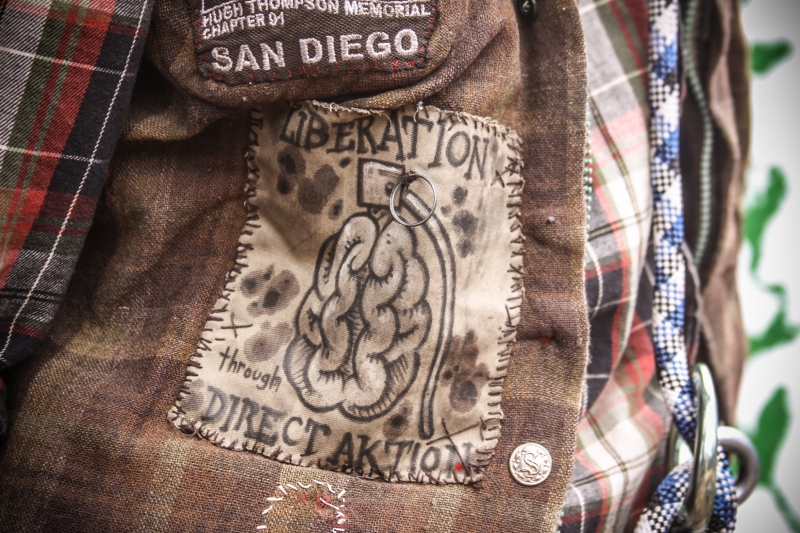By Wolverine de Cleyre
If you´ve seen any news about the Middle East lately, you´ve probably seen something about the Kurds, the courageous folks fighting ISIS on the ground in Syria. You may have seen pictures of their all-women battalions, who fascinate western journalists by how much they clash with the stereotype of the passive, victimized Muslim woman. You may have seen something of their daring rescue of the Yazidis, tens of thousands of whom were starving in the mountains, hiding from ISIS until the YPG, the People´s Protection Units, allowed them to escape north.
But who are the Kurds? Where did this freedom-fighting militia come from? Kurds are almost entirely Muslims, but a distinct ethnic group, with a different culture than those around them. They have their own language, which is unrelated to either Arabic or Turkish. They have lived in the mountainous region at the borders of what is now Syria, Turkey, Iraq and Iran for well over a thousand years. The Kurds have had it especially rough the past few decades because of these borders and the conflicts that come with them.
In order to understand what´s going on, we need to back up and take a longer view than we’re used to. We take the way governments operate now, the internally homogenous nation-state and it´s borders, pretty much for granted. You´re in the U.S., you pass through a checkpoint, and then you´re in Canada, under the control of the Canadian government, and the people there are either Canadians or foreigners. Or you cross the border to Mexico, and then you´re under the laws there. Any region within a national boundary has only as much power as the federal government allows. Anything else is treated as a failed state, a government that has collapsed and is unable to govern its territory.
But just a hundred and fifty years ago, this wasn’t the case. There used to be different kinds of governments, some big and small, and some would overlap — there were more grey areas. There were empires, semi-autonomous regions, and there were borderlands where no empire held sway.
A few hundred years ago, there was a huge empire, called the Ottoman Empire. It stretched from just east of Vienna in Southern Europe, to Algiers, Egypt, Iraq, and Saudi Arabia. The Ottoman government didn´t try to control all the territory to the same degree. Some of the regions were autonomous and mostly governed themselves, just sending the government in Istanbul taxes and boys to be made into soldiers. Some of them were more directly controlled by the empire, usually the regions that had more important resources. Even within the capital city, Istanbul, the different ethnicities were not treated equally under the law.
The Kurds were part of this empire, but their territory was pretty mountainous and most of them were herders or did just enough agriculture to feed themselves. It wasn´t worth it to the Ottomans to interfere with them, so they mostly left the Kurds alone. The Kurds maintained their language, culture and their own systems of self-governance.
The Ottoman Empire collapsed, from both internal problems and pressure from Europe. During the late 1800´s, the Western half broke away, with Greece and the Balkan countries separating into different countries, one for each ethnic group. This was based on the European model, where you had France for the French-speakers, Germany for the Germans, etc. But while the Western European countries were created by smaller regions joining together (occasionally by consent but mostly conquest), these nation-states were created by breaking apart, and millions of people had to move to create ethnically homogenous nation-states in places that had been mixed.
After WWI, the winning European powers cut the rest of the Ottoman Empire into pieces. The Middle East was divided according to the convenience of Europe, rather than the interests of the people living there. England got control of the newly created nation-states of Palestine, Jordan, and Iraq, while France got Lebanon and Syria.
What is now Turkey was going to be cut up too, but one of the Ottoman military officers rounded up the last of the military, drove the Europeans out, and force-modernized the country super quick. They felt like the only way to save the country from Europe was to make it into a nation like Europe, to force everyone to speak the same language and obey the central government.
So the Kurds didn´t get their own country. They were divided between Turkey, Iran, Iraq, and Syria. The new borders made it impossible for herders to move their animals with the seasons. Worse, it set them up for all kinds of conflicts with the nations they were forced to be a part of. They maintained a strong Kurdish identity, aided by their land. As the state motto of West Virginia puts it, “Mountaineers are always free.” That will to autonomy threatened those nascent governments.
In Iraq, they found oil under Kurdish territory and proceeded to take it. Saddam subdued the Kurds with poison gas when they tried to protest.
Iraq and Iran, always in conflict, would often send weapons to each other´s Kurds rather than engage each other directly, their own version of the Cold War. In Turkey, Kurds were forbidden from speaking their own language for decades, and mere possession of a newspaper written in Kurdish could land one in prison. The Turkish government combined incentives and programs to encourage assimilation with direct genocide of Kurdish people who refused.
In response, some Kurdish students in Turkey formed the Kurdish Workers´ Party (PKK) 1978, a Libertarian Socialist (more rules than anarchism, less hierarchy than communism) group dedicated to creating an independent Kurdistan. Since Turkey is a U.S. government ally, the PKK is officially designated as a terrorist organization by the State Department.
In contrast, the Kurdish militia in Syria, the People’s Defense Units (YPG), has been portrayed as heroes by western media, since they’re fighting ISIS, an enemy of the western world. But the YPG is much more than a reaction to ISIS. They´re the armed section of the Kurdish Supreme Committee, which has been governing Rojava, the Kurdish part of Syria, since the regime of Syrian president Assad lost control in 2012. Their ideology and struggle for Kurdish self-determination is the same as that of the PKK over in Turkey.
They have a sort of self-governing communism, both based on local organizational principles that have been in practice for generations, and recent influence from foreign socialist and anarchist ideas. In particular, writer Murray Bookchin´s concept of Libertarian Municipalism, which is even more boring than it sounds but seems to be working well for them.
One of the reasons Western nations haven´t been providing military aid to the best-organized folks fighting ISIS on the ground is that they’re worried strengthening the Kurdish militia in Syria will strengthen Kurdish autonomy all over the Middle East. This is only a problem because of the way the nation-state system is set up, more self-organization and power for the Kurds means less stability for Iran, Iraq, Syria, and Turkey.
The Middle East isn´t the only place where people don’t want to be part of a nation-state whose boundaries they’re technically within. Mountain peoples in many places often have little in common, culturally or economically, with the lowlands around them. The case of Kurdistan is echoed by the Basques within Spain and France, and the Tibetans within China, who have fought for autonomy against a central government struggling to maintain the state´s integrity.
Aside from these deliberate refusers, what happens when a state collapses, as is the case now in Syria, leaving millions stateless against their will?
Mainstream political discourse always characterizes the stateless person as the problem.
The language of the political Right is often openly hateful and xenophobic. The political Right characterizes people without a state as criminals to be expelled, destroyed, and dealt with as quickly and forcefully as possible. They often use xenophobia and hysteria over immigrants to distract from other problems like income inequality, lack of healthcare, and environmental destruction.
The language of the Left is kinder, but it still sees the stateless people themselves as the problem, albeit as a humanitarian rather than a criminal crisis. At best, the dearly departed state´s orphans will be classified as refugees, and seen as a public health problem to solve with aid programs. Of course the only real solution is to extend some charity to the poor souls by giving them a new citizenship and integrating them into the new state.
This position seems more humane, but what happens when a group of people don´t want to integrate into another country´s government? When they want to maintain their own culture and live by their own laws, as is the case with Kurds living in Turkey? There are currently a million refugees in Germany, what will happen if those people don’t want to assimilate fully, if they don’t want to live exactly as Germans do now?
The situation of people who are not part of an officially recognized state is often very desperate, not due to any fault in themselves, but because under the nation-state system, all rights come through the fact of citizenship, whether one is actually in the home country or not. For example, if I go to France or Mexico, I am recognized and treated by the government not as an individual, but according to my status as a U.S. citizen. Nation-states are incapable of dealing with anyone who isn’t part of one. People who are stateless cannot be recognized as humans by this system of government.
The individual humans and entire human cultures who happen to not have their own state are not the problem. These people and cultures existed before the states, the states and their borders were created around them, cutting them apart or putting them under the control of others with whom they have no affinity.
What is a nation? I can’t hold the United States in my hand. I can pick up a handful of dirt, but the land existed long before the Declaration of Independence was signed.
A nation, like a corporation, is an abstraction, an idea that organizes human behavior. When a corporation goes bankrupt, its buildings don’t explode, the people who worked for it don’t suddenly drop dead.
These ideas are so large that they seem like physical facts about the world, like the law of gravity or thermodynamics. But they aren’t. There are many other such ideas that have been picked up and put down through written history. Governments in Europe used to be based on the Divine Right of Kings, and for hundreds of years no other basis for social organization was thought possible.
The Nation-state is just one more organizing idea made by human beings, and we can unmake it if we so choose. The fate of living, breathing humanity depends on its destruction.





